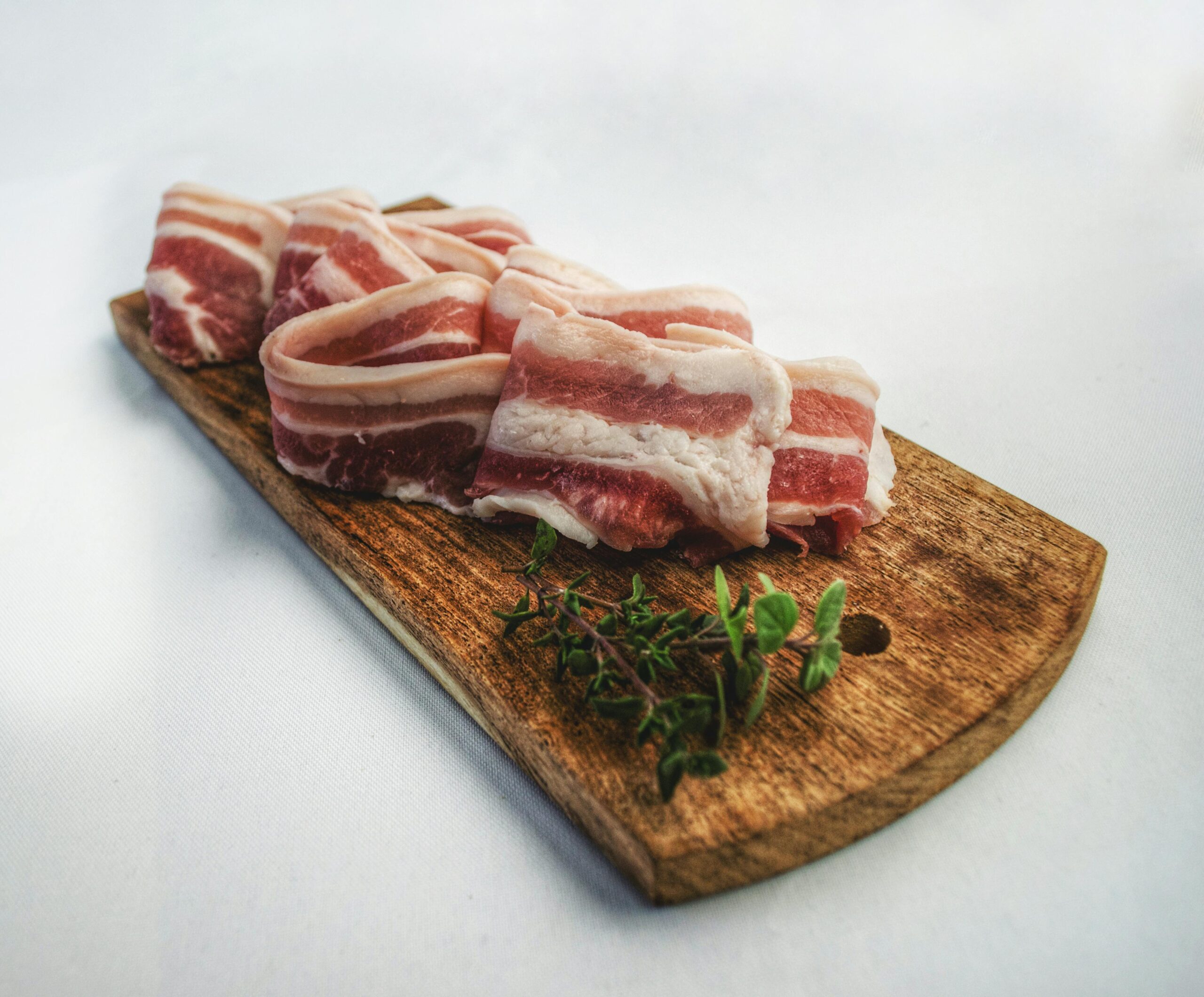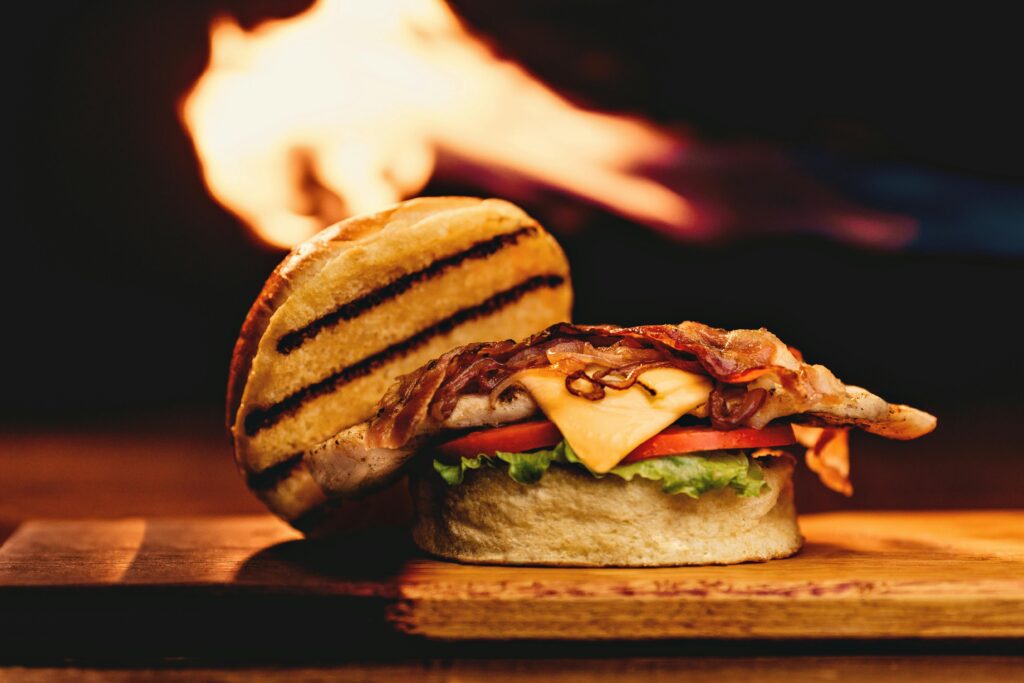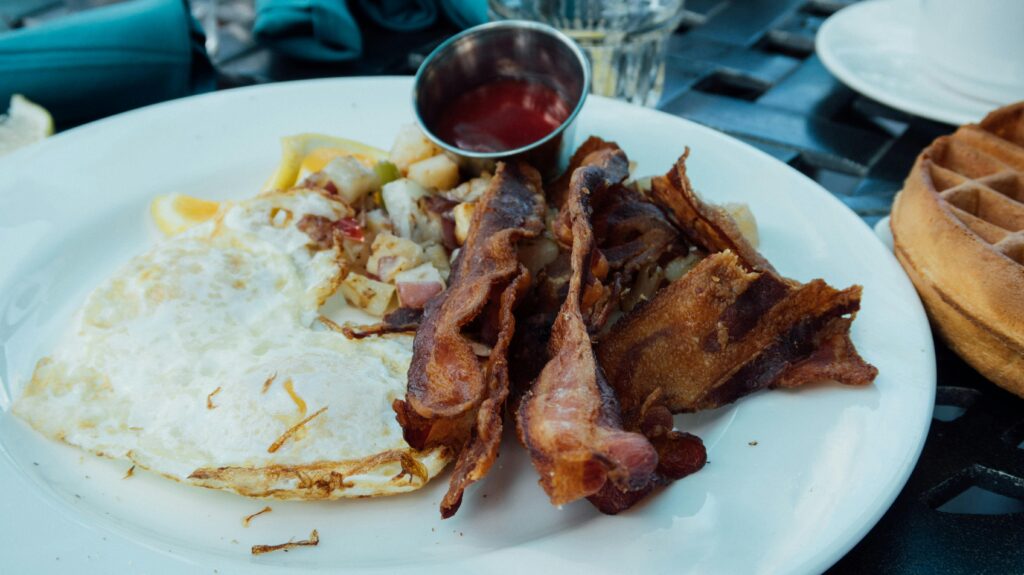- HUMOR
Pride Month Memes That Are Too Relatable to Ignore


Baking bacon in the oven is a game-changer for home cooks and bacon enthusiasts alike. This method not only yields perfectly crispy slices but also frees up your stovetop for other tasks, making it an efficient choice for busy breakfasts or leisurely brunches. Whether you’re a seasoned chef or a kitchen novice, mastering the art of oven-baked bacon will elevate your culinary repertoire and delight your taste buds.
To achieve the perfect slice of baked bacon, having the right tools is essential. A rimmed baking sheet is crucial to prevent grease from spilling over the edges. Additionally, a wire rack placed on top of the baking sheet allows the bacon to cook evenly by letting air circulate underneath. If you prefer an easier cleanup, consider using parchment paper or aluminum foil to line the baking sheet.
Both parchment paper and aluminum foil have their advantages in baking bacon. Parchment paper is non-stick and absorbs some of the grease, resulting in a less greasy finish. Aluminum foil, on the other hand, reflects heat, which can contribute to a crisper texture. Choose based on your preference for crispiness and ease of cleanup.
The thickness of your bacon can significantly impact the final result. Thick-cut bacon offers a meatier bite and is less prone to overcooking, making it ideal for those who enjoy a chewy texture. Regular cut bacon crisps up faster and is perfect for those who prefer a crunchy finish. Consider your texture preference and cooking time when selecting bacon for baking.

Follow this step-by-step method for baking bacon to achieve consistently delicious results:
Begin by preheating your oven to 400°F (200°C). This temperature ensures that the bacon cooks evenly and crisps up nicely without burning.
Line a rimmed baking sheet with parchment paper or aluminum foil. If using a wire rack, place it on top of the lined baking sheet.
Lay the bacon slices in a single layer on the prepared baking sheet or wire rack. Ensure the slices do not overlap to promote even cooking.
Place the baking sheet in the preheated oven. For regular cut bacon, bake for 15-20 minutes. For thick-cut bacon, extend the time to 20-25 minutes. Check the bacon periodically to avoid overcooking.
Once the bacon reaches your desired level of crispiness, remove it from the oven. Transfer the slices to a plate lined with paper towels to drain excess grease.
Baked bacon is versatile and pairs well with a variety of dishes. Consider serving it alongside classic breakfast staples like scrambled eggs and toast. For a brunch setting, pair it with avocado toast or a fresh garden salad. The savory flavor of bacon also complements sweet dishes, such as pancakes or waffles drizzled with maple syrup.
Oven-baked bacon is a perfect addition to any meal, from a simple breakfast to an elaborate brunch. Its ease of preparation makes it an excellent choice for holiday gatherings, family brunches, or weekend breakfasts. Impress your guests with perfectly cooked bacon that requires minimal effort and attention.

Baked bacon can be a star ingredient in a variety of creative recipes. Here are 5-12 ideas to inspire you:
Even the simplest recipes can go awry. Here are common mistakes and how to fix them:
Ensure the slices don’t overlap on the baking sheet. Overlapping can lead to uneven cooking, with some parts undercooked and others burnt.
Setting the oven too high can cause the bacon to burn quickly. Always preheat to 400°F (200°C) for optimal results.
Failing to drain the bacon on paper towels can leave it greasy. Always transfer cooked bacon to paper towels to remove excess grease.
Leftover baked bacon can be stored in an airtight container in the refrigerator for up to five days. To reheat, place the bacon on a baking sheet and warm in the oven at 350°F (175°C) for about 10 minutes. This method retains the bacon’s crispiness without drying it out.
Bacon grease is a flavorful byproduct that can enhance many dishes. After baking, pour the grease into a heatproof container and refrigerate. Use it to fry eggs, sauté vegetables, or add a savory depth to soups and stews. A little goes a long way in infusing dishes with a rich, smoky flavor.
Experiment with different flavors to elevate your baked bacon. For a sweet twist, sprinkle brown sugar or brush maple syrup on the slices before baking. For a savory option, season with cracked black pepper, smoked paprika, or chili flakes. These variations can transform your bacon into a gourmet treat.
The baking time for bacon can vary depending on the desired texture. For soft and chewy bacon, bake for 12-15 minutes. For a crispy texture, extend the baking time to 20-25 minutes. Adjust the time based on the thickness of the bacon and your personal preference.
If you’re looking for a healthier alternative, consider turkey bacon or center-cut pork bacon. These options offer lower fat content while still delivering the satisfying taste of bacon. Adjust the baking time as needed, as these alternatives may cook faster than traditional bacon.